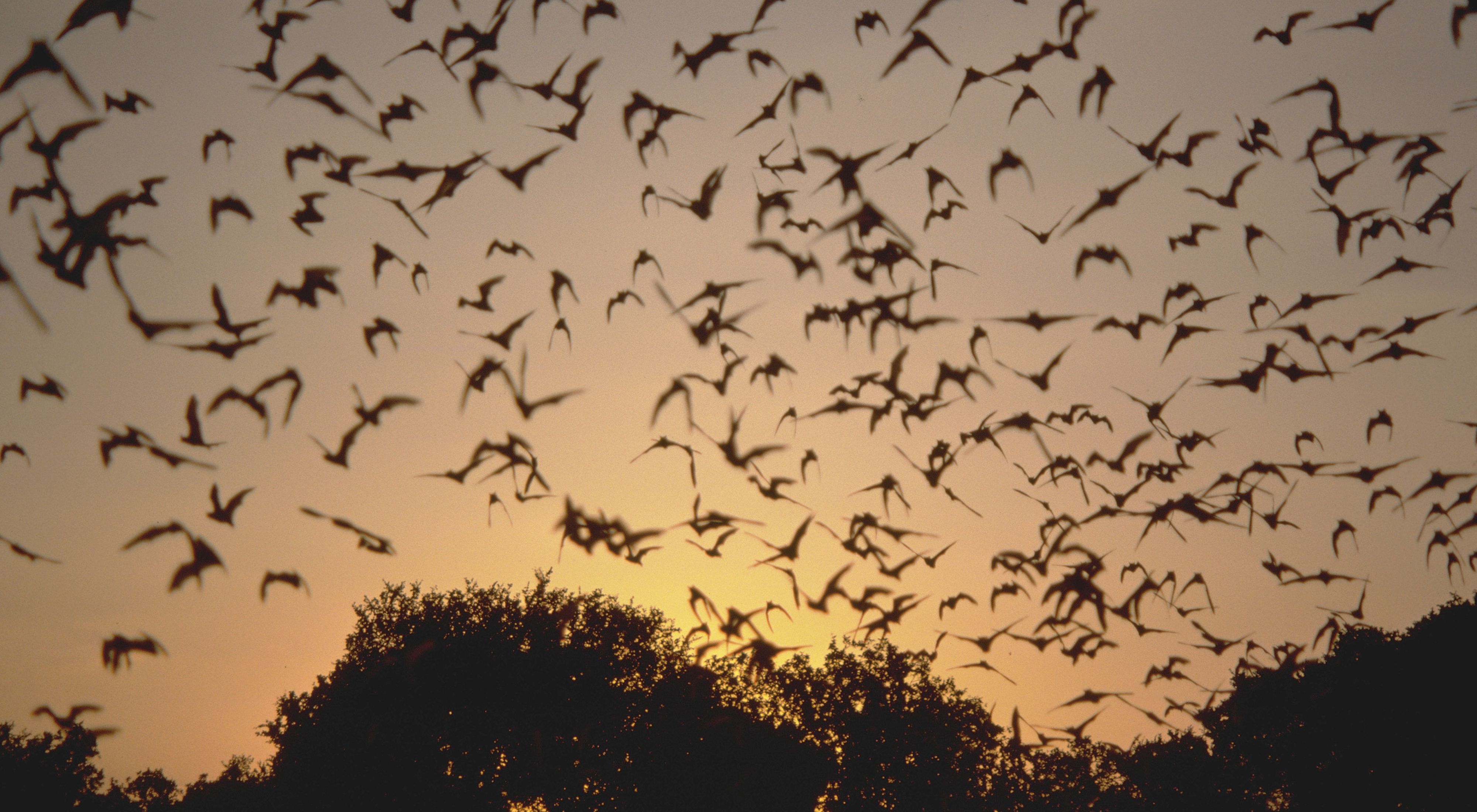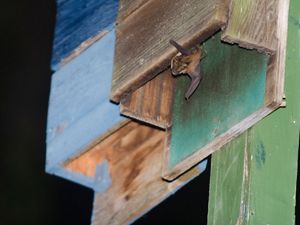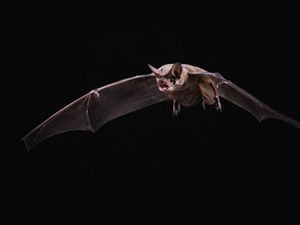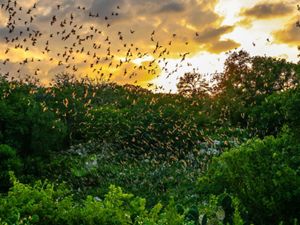New Hope for Bats
Bats in North America are under assault from a relentless killer called white-nose syndrome (WNS).
Over the past decade, an epidemic called white-nose syndrome has devastated bat populations in the eastern United States and Canada. More than 6 million bats have died. Some species may go extinct.
The culprit is the invasive fungus Pseudogymnoascus destructans (Pd.), which is not native to North America. It infects cave-dwelling bats, damages their wings, causes them to wake more frequently and raises their metabolism during winter hibernation. As a result, bats exhaust critical stores of fat they need to get through the winter, which leads to starvation. Most caves where the fungus has appeared have seen bat die-offs of 90 percent or more.
Why Should You Care?
Bats play a critical role in the environment. They are the number-one predator of night flying insects. Their value to U.S. agriculture has been estimated in a recent study at $23 billion annually.
The Nature Conservancy and partners have provided grant support for crucial research to fight white-nose syndrome. Your financial support can help us win this fight.
How You Can Help
You can help save bats by donating to The Nature Conservancy in Tennessee to support white-nose syndrome research for an effective treatment.
Bat houses can play a vital role in the survival of many bat species, providing optimal roosting habitats which might otherwise be hard to find.
For more information about becoming part of our “citizen science” project to add to our knowledge of bats in Tennessee please visit the Tennessee Bat Working Group webpage at: www.tnbwg.org.
Tennessee Bat Species Most Affected by WNS
- Indiana Bats (Myotis sodalis): Already on the Endangered Species List since 1973, this species is now being hit hard by WNS in Tennessee.
- Little Brown Bats (Myotis lucifugus): Until recently one of the most common bat species in North America. This species has been devastated by WNS and could face extinction.
- Northern Long-Eared Bats (Myotis septentrionalis): One of the hardest hit by WNS. Without intervention this will likely be the first bat species to die out in Tennessee and may become extinct.
- Tricolored Bats (Perimyotis subflavus): Another species that was previously very common across North America. Tricolored bats were once ubiquitous in Southeastern caves, and you could rarely enter a cave in the region without seeing at least one. These animals have now been decimated by WNS, and their absence marks a distinct change for cavers and others who enter caves.
WNS Research Funded
TNC and partners have funded scientific research projects designed to test methods of fighting and controlling white-nose syndrome. One extremely promising project, which employs bacteria used to keep bananas from ripening too fast, has been shown to stop the WNS fungus from growing. It led to the release of healed bats!
But because we don’t know what tools or techniques for fighting WNS will be most effective and cost efficient, it’s imperative that we try many approaches. Controlling this disease may require employing several different strategies.



